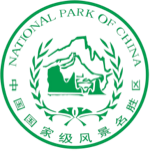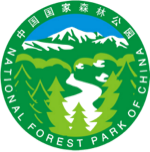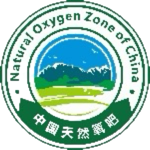







In this era of vitality and hope, the concept of "waste-free city" is like a bright star, illuminating our pursuit of sustainable development. The Three Hundred Mountains Scenic Spot is also actively involved in this great practice, and endeavors to present a greener, more environmentally friendly and beautiful tourist attraction for everyone. We are actively exploring the construction of "no-waste scenic spot", solidly promoting afforestation and ecological restoration projects, continuously improving the level of biodiversity protection, and striving to create ecological science popularization tourism products. 1. Classification and collection of solid waste - Improve the garbage classification facilities in the scenic spots, set up clear drop-off points for recyclables, hazardous garbage, food waste and other garbage, and equip them with corresponding garbage cans and signs. - Provide tourists with clear and easy-to-understand guidelines on garbage classification, and guide them to correctly classify and put out garbage by means of publicity boards, electronic display screens and guided tours. - Increase the frequency of garbage collection and ensure timely removal of garbage to avoid accumulation and secondary pollution. 2. Reduce the use of disposable items - Catering establishments in the scenic area to reduce or prohibit the provision of disposable tableware, straws, plastic bags, etc.. Provide visitors with environmentally friendly tableware and environmental bags. -Scenic restrooms are using sensor faucets to save water and avoid waste. 3. Promote green consumption - Encourage businesses in scenic spots to sell environmentally friendly products, such as biodegradable souvenirs and environmentally friendly package d food. - Set up special zones for environmentally friendly commodities to provide green and sustainable choices of commodities. 4. Resource Recycling and Utilization - Establish a resource recycling center in the scenic area to collect and process recyclables centrally, such as paper, plastic and metal. - Promote composting treatment of food waste and convert organic waste into fertilizer for greening and agricultural production in scenic spots. 5. Strengthen environmental protection publicity and education - Set up environmental protection publicity panels and slogans at the entrance of scenic spots, visitor centers, major attractions and other locations to publicize the concept of "Waste-free City" and environmental protection knowledge. - Carry out environmental theme activities to promote waste-free, such as garbage classification competitions, environmental protection lectures, volunt eer activities, etc., to increase the participation of tourists and employees in environmental protection. - Train scenic area staff to become environmental protection promoters, able to convey environmental protection information to tourists and guide their environmental protection behavior. Carry out environmental protection publicity and education activities to create a favorable environmental protection atmosphere. 6. Intelligent management and monitoring - Use intelligent technology, such as Internet of Things and big data, to conduct real-time monitoring and data analysis of solid waste generation, collect ion, transportation and disposal in the scenic area, so as to adjust the management strategy in a timely manner. - Establish a feedback mechanism for tourists, collect tourists' opinions and suggestions on environmental protection work in the scenic area through the public number and Jitterbug online platform, and continuously improve the work. 7. Low-carbon environmental protection travel Install solar lights in the scenic spot, green and low-carbon travel. -Visitors sightseeing with scenic area battery car, shared electric car travel. Scenic spots have charging piles, convenient for tourists to use four-wheeled trams, shared trams for self-driving tours.

















